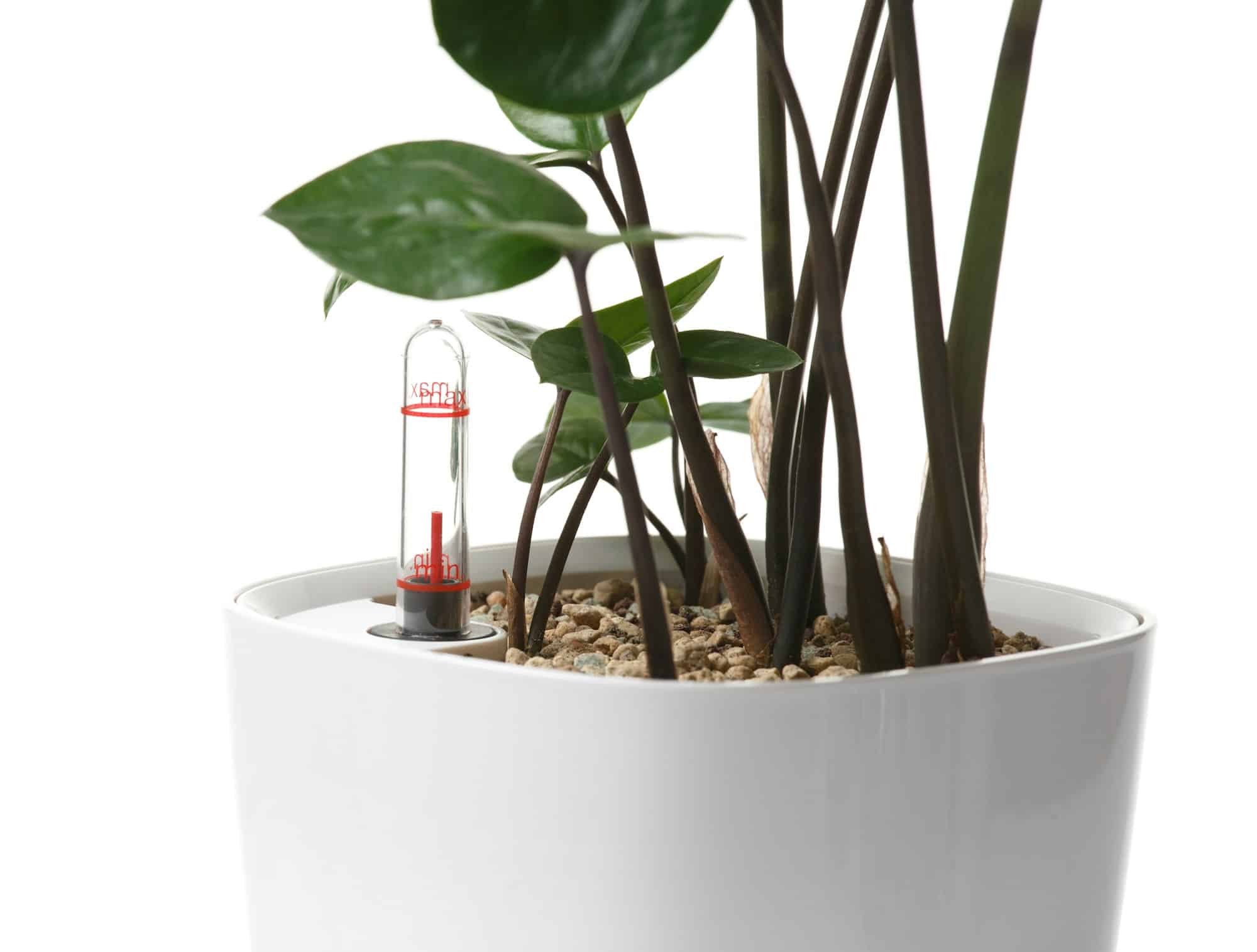In the fast-paced urban jungles that we live in, the desire for tranquil green spaces within our homes has been constantly growing. The surge in the market for smart plants and indoor gardening systems marks a new era in the world of horticulture, packed with technological advancements. It’s no wonder that the trend of smart pots has taken root in our homes, transforming the way we approach indoor gardening. But how are these systems facilitating our urban indoor gardening efforts? Let’s dig in.
The Rise of Smart Plant Pots
With the advent of technology, the ways we connect and interact with nature within our homes have evolved. Just as our homes have become smarter, so too have our plants. Today, smart plant pots have embedded themselves in the indoor gardening market, promising to simplify the process of growing plants indoors.
Cela peut vous intéresser : The advantages of MyImageGPT for non-designers
These pots are more than just a container for your flora; they are integrated systems that leverage data and technology to monitor and cater to your plant’s needs. Equipped with sensors, these pots can measure parameters such as soil moisture, light intensity, and nutrient levels in the soil. This data is then processed to provide tailored care recommendations for each type of plant, ensuring optimal growth conditions.
The Technology Behind Smart Plant Pots
Smart plant pots are a fantastic example of the intersection between horticulture and technology. They utilize Internet of Things (IoT) technologies to connect to mobile apps, providing real-time data about your plant’s needs.
Cela peut vous intéresser : What’s the Progress in Self-Healing Concrete for Infrastructure Durability?
The first piece of the puzzle is the sensor technology. This involves sensors embedded in the pot that measure light, soil moisture, temperature, and nutrient levels. Some advanced pots also have pH sensors to monitor the soil’s pH level and ensure it is suitable for the plant type.
The second crucial component is the data processing system. This involves taking the raw data from the sensors and converting it into actionable insights. For instance, if the soil moisture level drops below a certain threshold, the system will alert you that your plant needs watering.
The Role of Smart Plant Pots in Indoor Gardening
By taking the guesswork out of plant care, smart plant pots are facilitating the growth of indoor gardens in our urban homes. They are particularly beneficial for those who lack a green thumb or are new to gardening. They ensure that your plants get the right amount of water, light, and nutrients, irrespective of your gardening skills.
For instance, overwatering is a common mistake among novice gardeners. With smart pots, this problem is easily solved. The system alerts you when the soil becomes too dry, preventing both overwatering and underwatering. Similarly, nutrient deficiencies or excesses, which can harm the plant, can be accurately identified and rectified.
The Future of Smart Plant Pots
The market for smart plant pots is expected to witness significant growth in the coming years. This growth will be driven by the rising trend of indoor gardening and the increasing adoption of smart home devices. Market forecast studies suggest that technology will play an even greater role in indoor gardening in the future.
One area of potential growth is the integration of smart plant pots into wider smart home systems. This could allow for automated watering schedules based on data from the smart pot. It could also include more sophisticated nutrient delivery systems, which adjust the nutrient mix in the soil based on the plant’s needs.
Furthermore, we expect to see more advanced sensor technologies being incorporated into these pots. This could include sensors that detect specific types of pests or diseases, providing early warning signs to the gardener.
In summary, as the market for smart plant pots continues to blossom, these devices will become an integral part of the modern indoor garden, making the task of nurturing our beloved plants simpler and more efficient.
Market Segmentation of Smart Indoor Gardening Systems
The smart indoor gardening system market has witnessed a significant rise in demand due to the increasing popularity of indoor gardening and the embrace of smart home gadgets. The market segmentation of these systems can be primarily divided into different types based on product type, technology, and geographical reach.
The product type category includes self-watering pots, smart pots with LED lights, and advanced pots with sensors for soil moisture, light intensity, nutrient levels, and pH value. Each segmentation type holds a distinct share in the market, with those incorporating advanced sensor technology leading the pack.
In terms of technology, the key segments include IoT-based systems, AI-powered gardening systems, and simple sensor-based pots. IoT-based systems are currently dominant due to their ability to provide real-time data and connect to other smart home devices, facilitating a smart garden ecosystem.
Geographically, the market is spread across North America, Europe, Asia-Pacific, South America, and the Middle East and Africa. According to a recent market report, North America held the largest share in the smart indoor gardening market due to the high adoption of technological advancements in household activities. However, Asia-Pacific is expected to witness the fastest growth during the forecast period due to rising urbanization and a growing interest in indoor farming.
Conclusion: The Flourishing Future of Smart Indoor Gardening
Smart plant pots have revolutionized the world of urban indoor gardening, making it easier for individuals to grow and care for plants in their homes. Their role in ensuring optimal plant growth, even without a green thumb, has been instrumental.
The indoor garden market is poised for substantial growth, with a strong outlook for the coming years. As per market reports, the smart plant pot industry is set to grow exponentially during the forecast period, driven by the popularity of indoor gardening and the integration of advanced technology.
Furthermore, the future of smart plant pots looks promising with potential growth areas such as integration into broader smart home systems, advanced nutrient delivery mechanisms, and the incorporation of pest and disease detection sensors. Companies like Bosch GmbH are already making strides in this direction, developing innovative smart gardening solutions.
In conclusion, the continued growth and advancements in the smart indoor gardening systems market assure their significance in our homes in the future. As urban dwellers continue to seek green oases in their homes, smart plant pots will undoubtedly become their go-to gardening tool, and the trend of indoor gardening will continue to thrive.
In the words of a gardening enthusiast, "With smart pots, caring for my indoor garden has never been easier. I can now grow a variety of plants without worrying about their care. I look forward to what the future holds for these fantastic devices." Therefore, it’s safe to say, the future of indoor gardening is not just green, but also smart and efficient.






